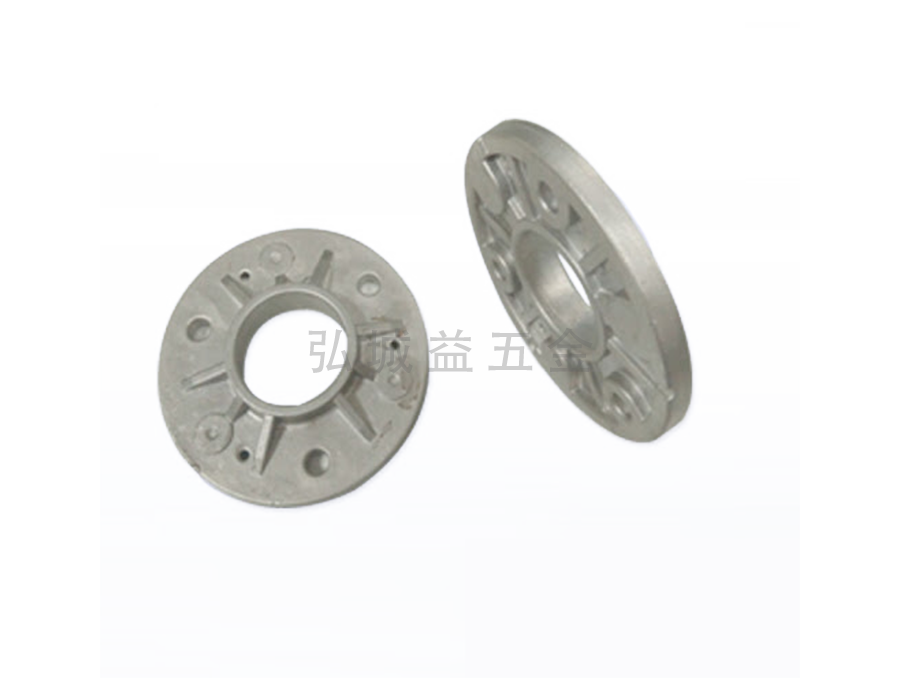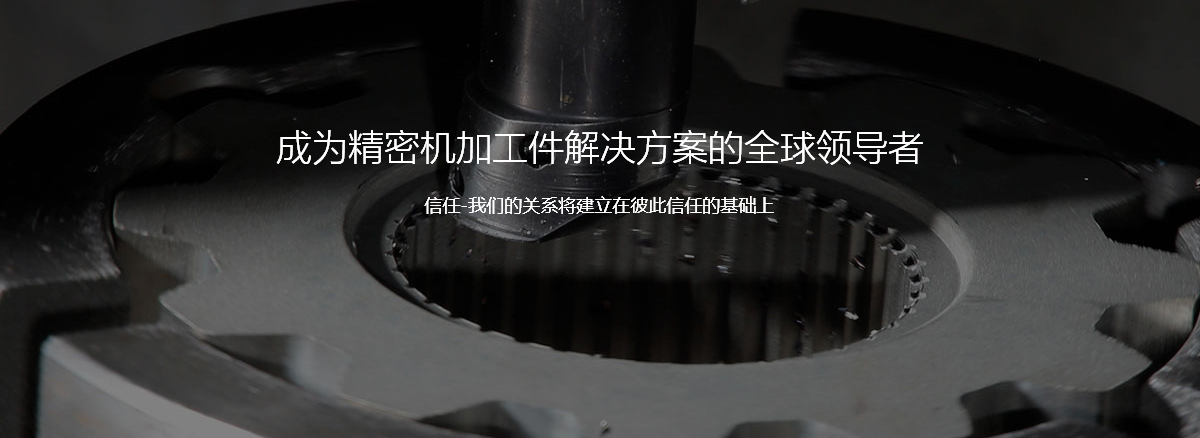1. Preparation function
The preparation function is to make the CNC machine tool make some instructions for a certain operation preparation. Use address G and numbers to indicate. The ISO standard specifies that the preparation function has a total of 100 types of GOO to GPP. At present, some CNC systems also use numbers other than 00-99. G code is divided into modular code (also known as renewal code) and non -modular code. The code table is paid according to the function of the code, and the same letters (or numbers) are marked with the same alphabet (or number). Among them, the G code of 00 groups (or non -labeled letters) is an non -modular code, and the rest are modular code. Non -mode code is only valid in this segment, and the modal code can be effective in multiple consecutive program segments until it is replaced by the code of the same group.

The preparation function includes the basic movement of the CNC axis, procedural suspension, plane selection, coordinate settings, tool compensation, reference point return, fixed cycle, and public Ying system conversion.
2. Feeling function
The feed function F indicates the feed speed of the tool center motion. Consistence of address code f and numbers. Fast feed speed is generally a high speed of the feed speed. It is set through the parameter settings to execute fast with the G00 instruction. A medium-rate switch is set on the operating panel of the CNC machine tool, and the multiplier rate can be changed between 0-200%, and the interval between each transmission is 10%. Using a multiplier switch can change the feed speed without modifying the program.
3. Auxiliary function (M code)
The auxiliary function is also called the M function or M code, which is a command to control the switch function of the machine tool or system. It consists of address code M and numbers, with a total of 100 species from M00-M99. The auxiliary functions of various models are very different, and many of them are customized. They must be programmed according to the specifications of the manual. Commonly used auxiliary functions include procedural stop, main axis/reverse, cooling solution connecting and disconnecting, changing knives, etc.
Fourth, tool function
Knife function T. It consists of address function code T and numbers. The number of tool function is the knife number, and the number of numbers is determined by the system used.
5. Main glaze speed function
The spindle speed function S, consisting of address code S and numbers.


